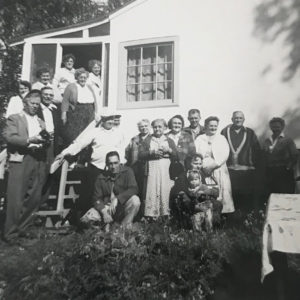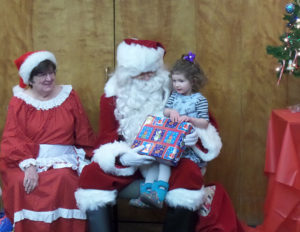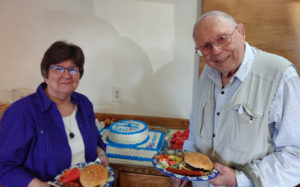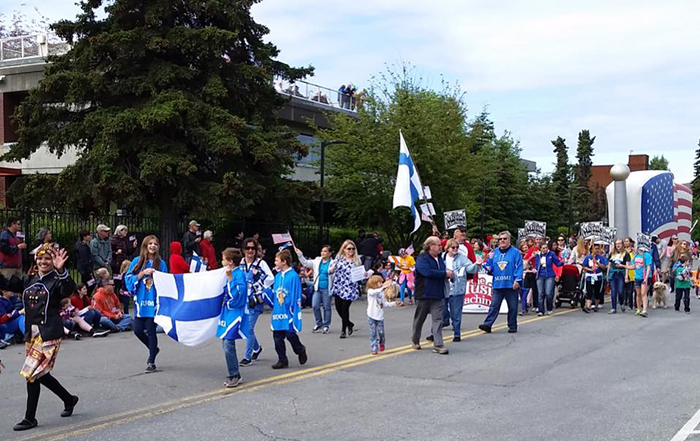Alaskan Pioneers
As Finnish immigrants came to the U.S. and Canada in the late 19th and early 20th centuries, many made their way to Oregon and Washington, and some continued north to Alaska. There they found plenty of opportunity in gold and other mining, fishing, lumbering, farming and construction. The climate and landscape around Anchorage, which is on the same latitude as Helsinki, seemed familiar to Finns, says Wayne Stolt, whose father, William, moved with his parents to Alaska in 1913. After living in Juneau for four years, the family settled in Anchorage, where “Bill” met his wife Lily, who was also of Finnish descent.

Bill and Lily lived in California and Seattle but returned to Alaska and in 1933 opened an electric supply company in Anchorage. The couple became active in the community, including the Finnish social club, which had formed in the early 1920s, when there were about 75 Finns in Anchorage.
Bill served as mayor of the city from 1941-1944, and in 1951 was named Honorary Consul of Finland for Alaska, a position he held for 32 years. Wayne Stolt, like his parents, has been involved with the Suomi Finland Club, which is one of the oldest ethnic organizations in Alaska.
The exact year of the Finn Club’s founding is stated variously as 1917, 1920 and 1924. Whatever the formal date, it’s impressive that the Finnish people organized so early, considering that Anchorage was first settled in 1914 as a tent city and was incorporated as a town in 1920. The Finn Club information is difficult to confirm because, according to Wayne Stolt, club records were kept only in the Finnish language until the 1950s, and have now been archived. The club history notes that the first Finn Hall was built in 1923.

The current Finlandia Hall was built in 1987, and in a typical year, would be the scene of the club’s monthly meetings, potluck suppers, and cooking, baking and craft classes. Events include St. Urho and Christmas parties and popular Juhannus celebration—last year FFN Performer of the Year Juli Wood was featured—activities that they will resume as soon as possible, says President Hanna Eklund, who is also Honorary Consul of Finland for Alaska. Her jurisdiction covers the entire state.
And yes, there is a Finnish presence outside of Anchorage. Juliana Armstrong, a longtime member of Anchorage Suomi Finland Club, tells of the Matanuska Valley Colony of 1935, which was part of Franklin Roosevelt’s New Deal public works projects. Located about 45 miles northeast of Anchorage, the Matanuska-Susitna Valley, known as “Mat-Su,” was the destination for 203 farm families from Minnesota, Wisconsin and Michigan; those states were chosen because of the similarity of climate to Alaska. Many were Scandinavian; perhaps 50 of them were of Finnish descent. It was a hard life and the land wasn’t the best for farming. Many families left early in the experiment.

One descendent of a Mat-Su family, Earl Wineck, and his wife Rebecca, have long been active with the Anchorage Suomi Finland Club. Earl’s Finnish grandfather, Aldrich Wiinikka, was drawn to Alaska by the Klondike and Nome gold rushes. Wiinikka’s son Edward, Earl’s father, worked in the fishing and mining industries before picking up one of the abandoned Colony homesteads in 1936.
The Mat-Su barn that Edward built that year now stands on the Alaska State Fairgrounds in Palmer, at the heart of a Colony Village with a handful of other structures from the original agricultural program.
Click here for more information about the Wineck Barn and other connections to Finnish America in Alaska.

